
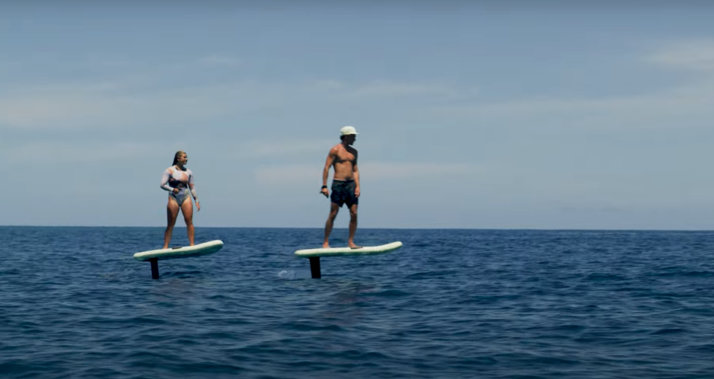
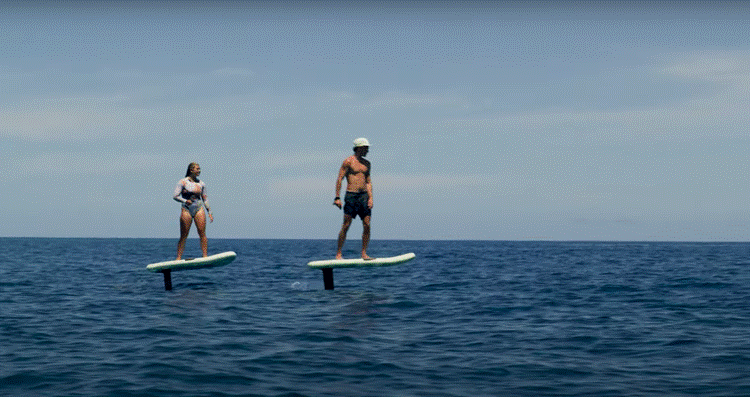
So you’ve caught the stoke of eFoiling—Now you’re in the club it’s time to hit you with some deeper intel and hard facts about our sport. eFoils are a toy but they are also a big investment. The smart play and long game is about unlocking years of adventures on the water with proper care. Like any high-performance gear, your Fliteboard requires care and attention to ensure it delivers peak performance for as long as possible. So, how long does a efoil board really last? And what can you do to maximize its longevity? Let’s dive into the details and set you up for success.
We’ve touch on this before so if you want more detailed insights into Fliteboard’s lifespan, be sure to check out our article: “How Long Does a Fliteboard Last?”. It’s a great companion piece to this guide, offering foundational knowledge that complements the tips below.
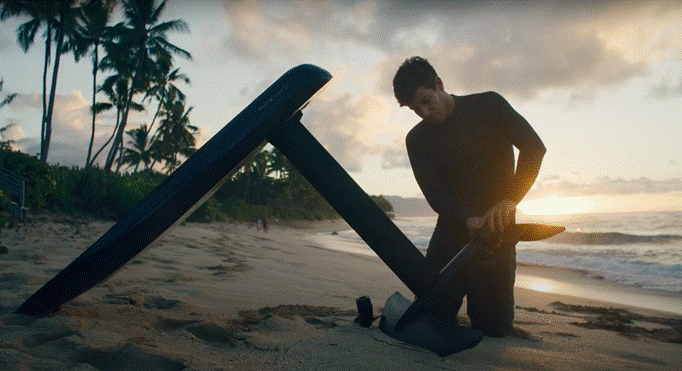
1. Understanding the Lifespan of a Fliteboard
When cared for properly, a Fliteboard can last between 5 to 10 years, with some components requiring replacement or maintenance along the way. The Flitecell battery, for example, is rated for 700 to 1,000 charge cycles, meaning it can serve you for years if handled correctly. We repair, store and service quite a few Fliteboards over the winter and there is a method to proper battery care. The number one mistake and issue we see is improper battery care. What’s funny is this is the easiest step but also requires your attention after ever session.
So What Affects Longevity?
What we mean by regular maintenance is really simple things like not leaving the battery in hot or cold cars for an extended period and following protocol when storing them for longer periods between you sessions. We could do a full blog on this topic alone and we actually already have. For more on battery care, revisit our blog: The Ultimate guide to charging your eFoil battery
One of the most common issues Hamish and the team see is improperly cared for batteries. It’s the lowest hanging fruit and something you don’t want to ignore. When we store gear even over the weekend, we make sure to use best practices to keep our equipment in good shape. Not only for ourselves and our students but for the future owner when we do sell our demo equipment down the road.

2. Key Factors That Impact Durability
For a speed read on eFoil care here are the details.
Battery Health
Wing and Mast Care
I find my wings are the most prone to damage when I am setting up and tearing down. Recently I started keeping a small rug from Home Depot in my vehicle. I roll this out for my components and to set the board down on. It keeps gear organized and protects the wings from getting scratched on the concrete. Hamish has a nice trick where he uses helicopter tape on the nose and rails of his board. A nice cost effective way to protect your gear from daily wear.
Board Integrity
If you want a deeper dive into eFoil care we’ve compiled an extensive Fliteboard FAQ where you can learn everything you need to know regarding Fliteboard care and eFoil Maintenance.

3. Maintenance Tips for Maximizing Lifespan
Regular maintenance not only extends your Fliteboard’s life but also ensures every ride is as smooth as the first. We do practice what we preach. Hamish spends a lot of time riding and a lot of time maintaining his gear and servicing customers who store their eFoils with him over the winter. We’ve come to see it as a part of the lifestyle. Treat your gear as an extension of yourself and take pride in it.
Daily Checks
Post-Ride Cleaning Routine
Annual Servicing
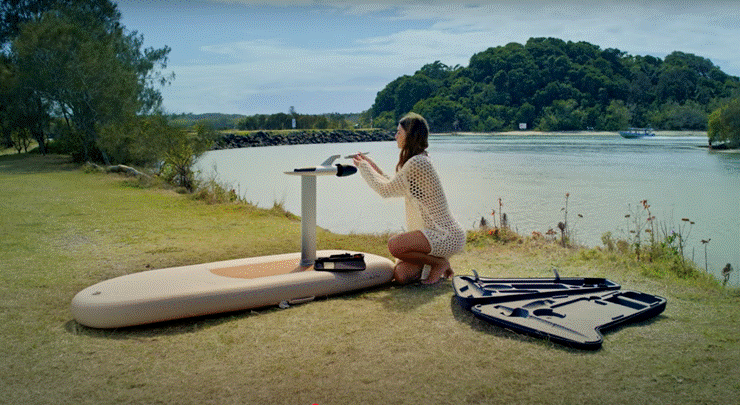
4. Why Conditions Matter: Choosing the Right Riding Environment
Where you ride has a significant impact on your Fliteboard’s lifespan. At Emerald Wake, we’ve found that training in calm, controlled environments like dune lakes is ideal for beginners. Our school is located on the emerald Coast of Florida known for it’s turquoise blue waters. We often hold events, demos, and group riders in different cities like Destin, Pensacola, Santa Rosa and more but for our beginner eFoil lessons we’ve found the calm dune lakes are the best place.
Why Dune Lakes?
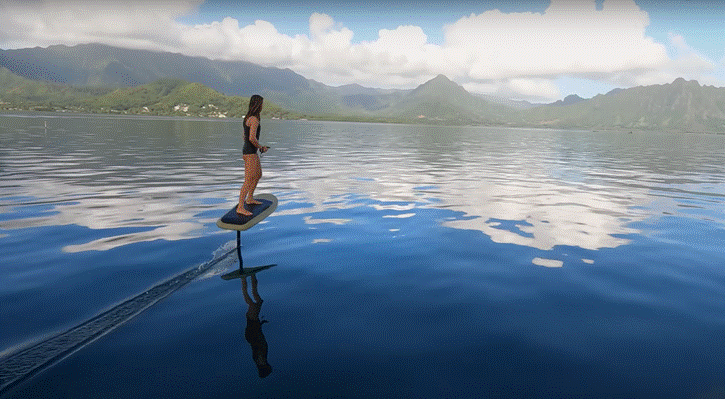
5. Join the Community: Learn from Fellow eFoilers
Community is the foundation of eFoiling and water sports. You’ll be taping into a new world and learning from other like-minded riders. We find eFoilers tend to share a few common traits, like curiosity, intelligence, a passion for being outside and the call to adventure. Not everyone who starts is adventurous, but we all tend to drive in that direction over time. You are who you surround yourself with as they say. This is one thing that really stood out to me at the beginning of my watersports Journey. The comradery and tribe are unmatched. We have fun together and look out for each other. We also learn from everyone as the sport evolves. One of the best ways to extend the life of your Fliteboard is by tapping into the collective knowledge of the eFoiling community. Whether online or in person, fellow riders can offer tips, advice, and even gear recommendations.
Local Meetups
Online Forums
Shared Passion

Final Thoughts
Maximizing the lifespan of your Fliteboard is all about balance—balancing use with maintenance, care with adventure, and challenge with preparation. By understanding your gear, following regular maintenance routines, and riding in optimal conditions, you’ll ensure your Fliteboard remains your trusted companion for years to come.
For more detailed insights and related topics, explore our full range of blogs at Emerald Wake. From beginner guides to advanced tips, we’ve got you covered on your eFoiling journey.
Fliteboard Lifespan FAQ: Everything You Need to Know
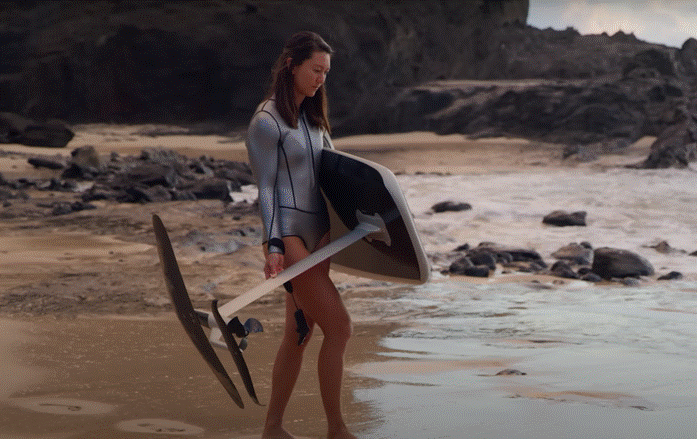
1. How long does a Fliteboard typically last?
With proper maintenance and care, a Fliteboard can last between 5 to 10 years. Components like the Flitecell battery are rated for 700 to 1,000 charge cycles, while other parts can last even longer if regularly inspected and maintained.
2. What impacts the lifespan of a Fliteboard?
Several factors can influence the durability of your Fliteboard, including:
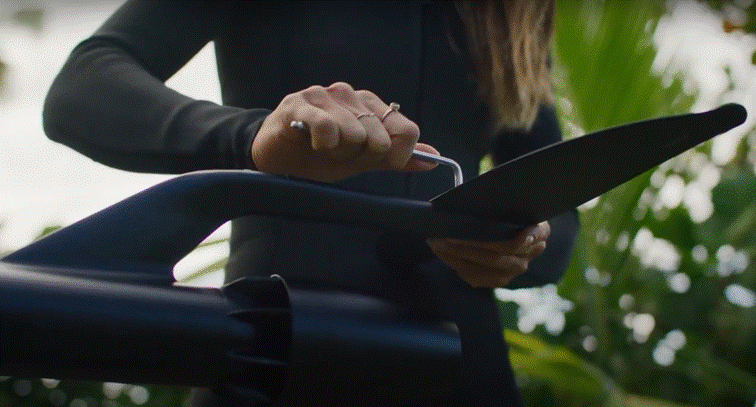
3. How can I extend the life of my Fliteboard battery?
To maximize battery lifespan:
4. How often should I inspect my Fliteboard for maintenance?
It’s recommended to:
5. What are common issues that affect Fliteboard durability?
The most frequent challenges include:
6. Can a Fliteboard handle saltwater use?
Yes, Fliteboards are designed for saltwater use, but proper care is essential:
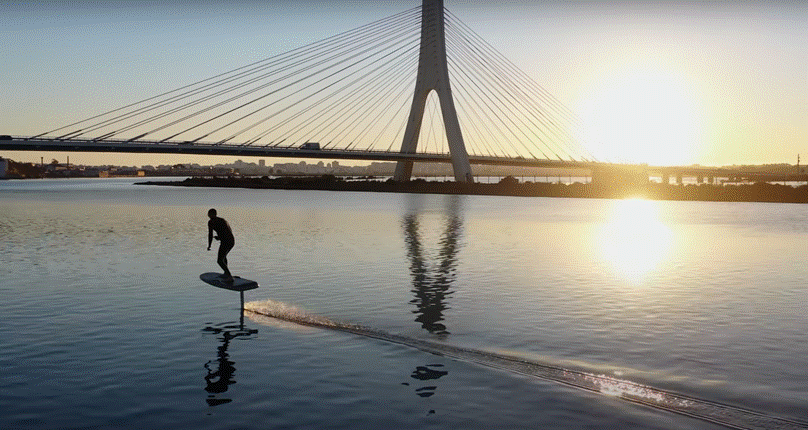
7. Are there specific conditions where Fliteboards perform best?
Fliteboards excel in calm, flat waters. While they can handle choppy conditions, beginners should prioritize learning in controlled environments like lakes or sheltered bays for an easier experience and reduced strain on the board.
8. What’s the difference between high-aspect and medium-aspect wings?
9. What should I do if my Fliteboard starts showing signs of wear?
Addressing issues early is key:
10. Can I perform maintenance myself, or should I hire a professional?
Basic maintenance, like cleaning and inspections, can be done yourself. For more advanced servicing, such as checking electronics or repairing structural damage, professional help is recommended.
11. How do I properly store my Fliteboard?
To store your Fliteboard safely:
12. Are Fliteboards more durable than other eFoils?
Fliteboards are known for their high build quality and advanced engineering, which often makes them more durable than competitors. However, longevity ultimately depends on how well they’re cared for.

13. Where can I learn more about Fliteboard maintenance?
Check out these in-depth guides on the Emerald Wake blog:
14. What’s the best way to learn eFoiling while minimizing wear on my Fliteboard?
Start in calm, controlled conditions, such as dune lakes, which reduce the strain on your gear and make the learning process easier. At Emerald Wake, we specialize in teaching eFoiling in beginner-friendly environments to help you build skills while protecting your investment.
15. How can I connect with other eFoilers to share tips?
Joining the eFoiling community is easy:
By following these tips and leveraging the insights shared in this FAQ, you’ll ensure your Fliteboard stays in top condition for years to come. For more resources and expert advice, explore the rest of our blog at Emerald Wake.
If you have any questions about caring for your Fliteboard, call (850) 400-8500 or email us at [email protected]. We offer shipping throughout the USA and sales, demos, battery rental, wing rental, service, and repair from our three locations in Panama City Beach, Florida, Pensacola, Florida, and Atlanta, Georgia.
Please fill out this form and someone from our team will contact you as soon as possible. You can also reach us by email at [email protected]